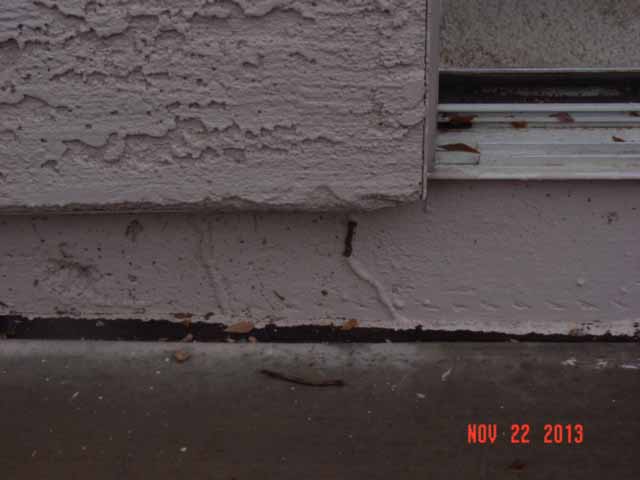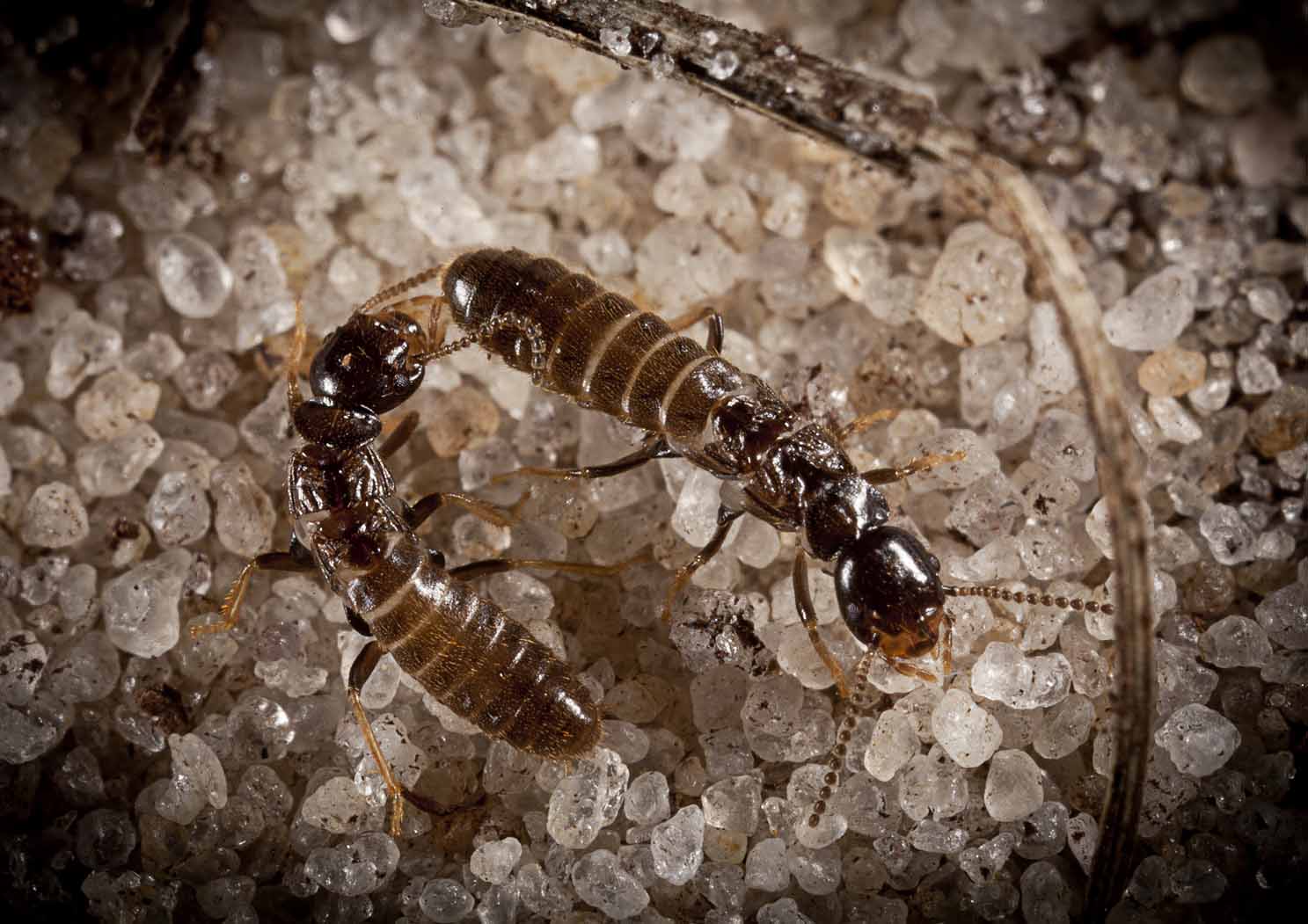Desert subterranean termites
- Southwestern U.S. – Colorado and Gila deserts.
- Lives on grasses, dead cacti, desert plants and can attack fences and other wood products.
- This termite becomes active during and after the summer rainy season (monsoon), from July to September. This termite does swarm, however I have only seen 2 indoor swarms and generally swarms at dusk, after a rain.
- These termites will openly build very narrow, free-hanging tubes from ceilings, shelves and overhangs. Don’t be surprised if you see tubes as long as six to 12 inches or longer in length. These tubes are often reused by these termites even when there is no feeding activity. They also build tubes over the foundation walls.
- Generally speaking this termite causes very little damage to homes and buildings. This doesn’t mean that you should ignore them, they will continue to eat your home until you treat for them.











